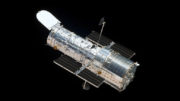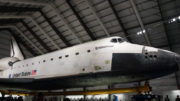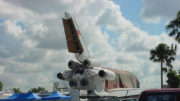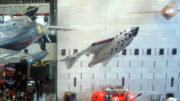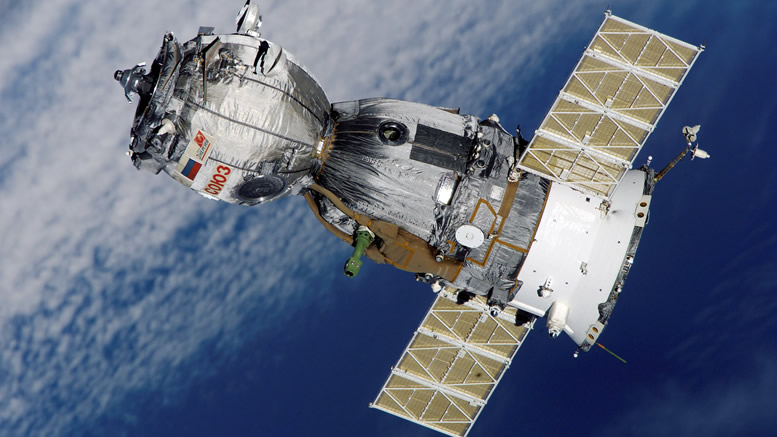 The Soyuz spacecraft is the longest running of any series of spacecraft, developed by the Soviet Union around the time of the moon landing the Soyuz rockets have had more than 1000 launches to there credit since 1963.
The Soyuz spacecraft is the longest running of any series of spacecraft, developed by the Soviet Union around the time of the moon landing the Soyuz rockets have had more than 1000 launches to there credit since 1963.
The Soyuz has been improved and redesigned several times over its lifespan and is regarded as a proven and safe spacecraft. So reliable is the Soyuz that it is used as the International Space Station’s crew return vehicle, acting as a lifeboat in the unlikely event an emergency would require the crew to leave the station. A new Soyuz capsule
is normally delivered to the station by a Soyuz taxi crew every six months — the taxi crew then returns to Earth in the older Soyuz capsule.
The Soyuz spacecraft is launched to the space station from the Baikonur Cosmodrome in Kazakhstan aboard a Soyuz rocket. It consists of an Orbital Module, a Descent Module and an Instrumentation/Propulsion Module
The three-seater Original Soyuz used from 1966 to 1970 was the first ancestor of the Soyuz-derived vehicles in use today. The Original Soyuz played much the same role in the Soviet manned lunar program as Gemini did in the U.S. manned lunar program. The Salut 1 type Soyuz was an upgrade of the original design and was introduced in 1971 it’s second manned flight ended in disaster, forcing a redesign. in 1973 The Soyuz Ferry replaced the Salyut 1-type Soyuz. It transported crews of two cosmonauts to space station Salyut 3, Salyut 4, Salyut 5, and Salyut 6. it was used until 1981.Several variants of the Soyuz were built around this time to perform various manned and unmanned missions the next major Soyuz to replace the Soyuz ferry was developed in 1976 and used up until 1986. Soyuz-T gave the Soviets the ability to launch three cosmonauts in a single spacecraft for the first time since Soyuz 11 in 1971. It was used with the Salyut 6, Salyut 7, and Mir stations. In 1986 the Soyuz T was upgraded and named Soyuz TM it was used to transport astronauts and cosmonauts to Mir and then to the International Space Station until November 2000.
The replacement for the Soyuz TM is the Soyuz TMA spacecraft, the TMA increases safety, especially in descent and landing. It has smaller and more efficient computers and improved displays. In addition, the Soyuz TMA accommodates individuals as large as 1.9 meters. Two new engines reduce landing speed and forces felt by crewmembers by 15 to 30 percent and a new entry control system and three-axis accelerometer increase landing accuracy. Instrumentation improvements include a color “glass cockpit,” which is easier to use and gives the crew more information, with hand controllers that can be secured under an instrument panel. All the new components in the Soyuz TMA can spend up to one year in space.

